In the current digital age, the digital twin has emerged as an important technology. It is a virtual model or simulation that is a digital representation of a real-world object, process, or system. In simple terms, a digital twin is a digital copy of an object or process that is similar to the real world. Various industries are benefiting from this technology to improve performance and optimization.
Definition of Digital Twin
A digital twin is a simulation that creates a replica of a real object or system so that its performance, behavior, and condition can be monitored. It collects and analyzes data in real time, which helps organizations improve their product, process, or system’s strategy and planning.
Benefits of Digital Twins
- Monitoring and Analysis: Digital twins collect and analyze data in real time, which helps management monitor the performance of the system. This allows problems to be identified and resolved quickly.
- Cost-effective: Using digital twin technology, organizations can improve their production processes or system operations, which helps in cost savings. It reduces resource waste and increases productivity.
- Decision-making in a limited time: Through digital twins, organizations can quickly identify and resolve problems, which reduces decision-making time.
- Future prediction: Digital twin technology predicts future situations. It helps in making better future plans based on the actual state and behavior of the system.
Uses of digital twins
The use of digital twins can be seen in many areas:
- Automotive industry: Digital twin technology is being used in car manufacturing to improve the design, testing, and production processes of cars. It is used for accurate analysis and improvement of car performance.
- Healthcare sector: Digital twin technology is helping in monitoring patient conditions and improving treatment plans in the healthcare sector. It helps doctors to make better treatment plans for patients.
The use of digital twins is also increasing in various industries and infrastructures: smart cities, manufacturing, and energy sectors. Digital twins are created by simulating machines or systems in these fields, which helps to ensure the maximum performance of the system.
The future of digital twins
Digital twin technology will be used more widely in the future, especially with the development of Industry 4.0 and the Internet of Things (IoT). It will be able to provide better results when combined with automation, artificial intelligence, and big data. In the future, this technology will be more affordable, reliable, and accessible.
Digital twin technology is not just an interesting concept, it is one of the foundations of future technologies. It helps to speed up operations in various industries, reduce costs, and, as a result, improve business performance. Through the use of digital twins, industries will be able to improve their production, services, and products, which will become more important in the coming days.
